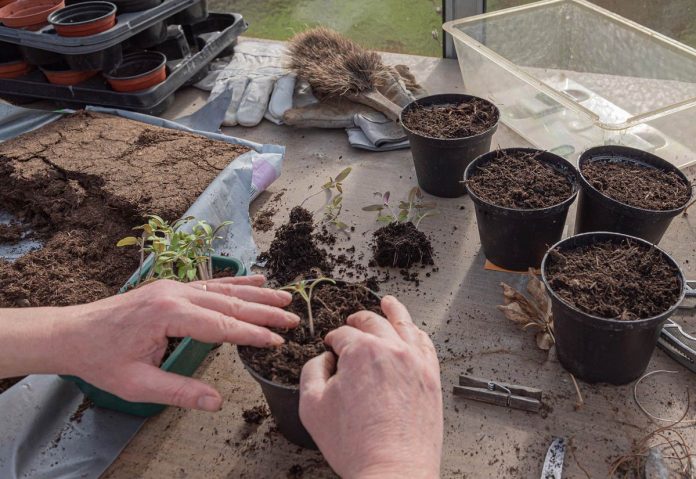Scientists from MIT and Yale University have developed a theoretical framework which will explain the mechanics of growing bodies respond to confinement. MIT associate professor Tal Cohen and his team have grown cholera bacteria inside a soft gel. They have observed the architecture of the bacterial biofilms as they grew more than 10,000 times larger.
Biofilms adopts growth that optimize their shape with confinement. At the same time, it damages the surrounding gel. This finding has been published in the Journal of the Mechanics and Physics of Solids.
British scientist John Eshelby have revolutionised study of inclusion problems in the 1950s. But the new research took a step forward.
From this research, scientists have learned about how biofilms grow. Biofilms contributes in antibiotic resistance and water filtration systems. But the new findings can also be applied to a series of confined growth scenarios such as a precipitate forming inside a metallic alloy and a tumour growing in the lung.
Smooshed spheres
The interplay of growth and environmental stress for confined bodies have been studied by the scientists for 70 years. These studies have used a linear framework. As the growing body places force on its confining boundaries, the boundaries will be that much displaced.
But in real life this process is much more complicated. The confining boundaries can resist displacement when pushed by a growing body. As the changing shape of the inclusion mix with the changing responses of its enclosing material, their relationship evolves.
Scientists have studied nonlinear effects in solid materials. Scientists have developed nonlinear inclusion theory. By this theory scientists predicted differences in inclusion shapes. These shapes depend on their growing environments. In biofilms bacteria forms a “smooshed” sphere when the surrounding material is stiffer.
The biofilm experimental system was important for the scientists to prove their theory.
But this is just the beginning. The scientists are also interested in the way nutrients diffuse in a growing system.
This understanding will give scientists more information about how inclusions grow and how they damage their surrounding body. This will help us to understand tumour growth. This theory can be applied in metal processing. This will control the growth of a precipitate in metal.
Different approach to growth
Scientists are interested in knowingwhat happens to materials when we push to its extreme limit. This push can derive from extreme loading or the stresses related to growth.
Scientists also said this theory can be useful to solve problems in biology and physical systems.

